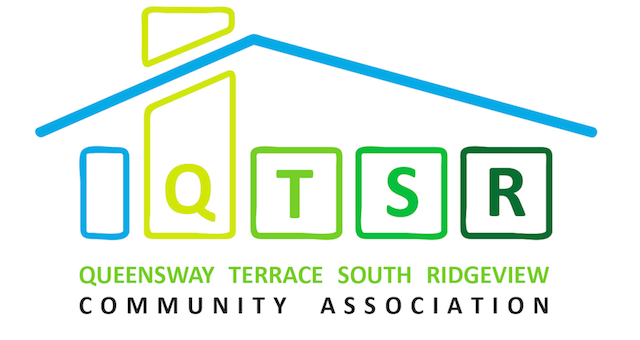Q1. What kinds of birds are commonly spotted in Ottawa’s residential neighbourhoods?
There are a good number of species found in the urban environment, notably House Sparrows, Song Sparrows, Chipping Sparrows, American Goldfinch, House Finch, AmericanRobin, Blue Jay, Red-winged Blackbirds, American Crow, Rock Pigeon, MourningDove, Merlin, European Starling, Black-capped Chickadee, Downy, Hairy and Pileated Woodpeckers, Northern Flicker, and Dark-eyed Junco. Great BlueHerons, Canada Geese, Mallards and Black Ducks are found in ponds and along the river. People watching the sky may see the occasional Bald Eagle drift by or some of the smaller hawks like the Cooper's or Sharp Shinned Hawk. The list is more extensive but you get the idea. The Ottawa bird list is well over 300 species
Q2. We have noticed birds returning to the neighbourhood in the past few weeks. When do the common migratory birds in the neighbourhood typically return to the city?
Waterfowl [ducks and geese] have already started arriving over the last week or so, and some of the early sparrows and blackbirds have arrived. Later, around the first weeks of May warblers, vireos and other songbirds will start to arrive. These later arrivals are mostly insectivores and will wait until there is an abundant food source available.
Q3. Is there anything that residents can do to support migratory birds that are passing through the neighbourhood during this time of year?
Food, water and shelter are what they will be looking for. A brush pile for them to hide in, feeders and a bird bath with fresh water would be something they would look for.
Q4. Are there any ways in which we can plan our yards and gardens to be particularly attractive to birds?
The OFNC has developed a page called “Creating a safe garden for birds” located at http://www.ofnc.ca/fletcher/
Q5. Do different types of bird seed appeal to different types of birds? If so, which types of feed will have the broadest appeal?
Short answer - yes. But birds will eat most seeds if they need to. I usually have a couple of feeders with mixed seed, one with niger seed and some suet holders
Q6. Are there any birds which are under threat in the area, and what can residents do to protect these birds or encourage them to return?
Birds that nest in rural areas, field birds such as the Bobolink, EasternMeadowlark and the Upland Sandpiper are at risk because of early planting and harvesting for the fields they nest in, resulting in mortality of the young that are unable to fly. Urban birds like the American Goldfinch use dandelions for food and nesting materiel and so are at risk of herbicides [as are many birds from pesticides as well]
Q7. How can people in our community learn more about Ottawa’s birds and other wildlife?
Best Answer - Join the OFNC! The club can also provide speakers and walk leaders to help non-club groups to help learn about all aspects of nature, birds, trees, rocks, ferns etc.

No comments:
Post a Comment